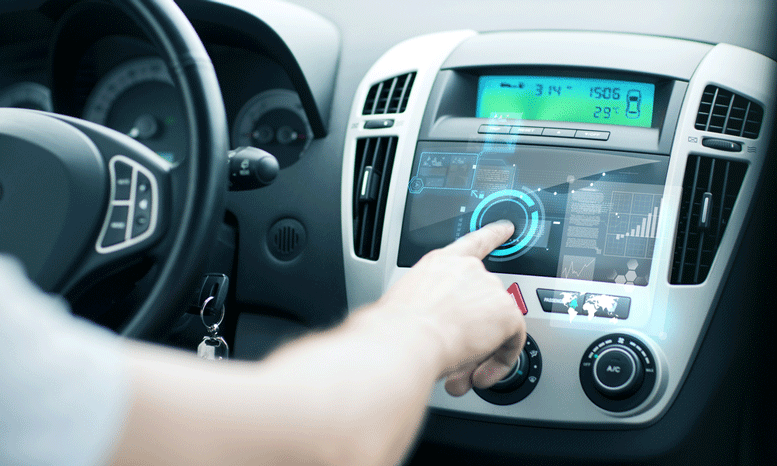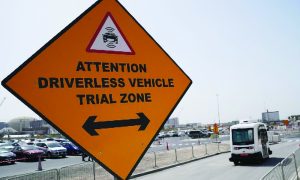GCC states ‘need to pave the way for connected vehicles’
Upgrades to comms infrastructure likely needed, says UK research firm

The GCC states will need to upgrade infrastructure in order to adapt to the widespread use of connected vehicles, says a UK-based transport research provider.
As more and more automobile manufacturers roll out connected vehicles, the technology is set to become widespread in the Middle East as well.
A recent announcement along these lines was Nissan’s partnership with the UAE’s Etisalat to launch the Nissan SmartCar mobile app. Powered by Etisalat’s network and M2M Control Centre platform, the app is available with the 2016 Nissan Maxima and Nissan Patrol. It allows drivers to remotely lock or unlock their vehicles, control cooling and receive a notification if the car is involved in a collision.
Globally too, manufacturers and tech companies alike – such as Daimler, Ford, BMW, Google, Apple and IBM – are in the race to put more connected and autonomous cars on the road. American market research firm Gartner expects a quarter of a billion connected vehicles by 2020.
Connected vehicles – an element of the much talked about internet of things (IoT) – offer numerous potential benefits to users. These include among others ease of maintenance, enhanced safety, reduced fuel consumption and the ability to navigate more effectively by accessing real-time traffic and weather conditions.
However, before such vehicles can become more widespread in the Middle East, communications infrastructure might need to be upgraded, said Akin Adamson, director – Middle East at TRL (Transport Research Laboratory).
“The majority of GCC countries have deployed 4G or 4G+ wireless data networks and therefore have the building blocks for vehicle-to-vehicle (V2V) and vehicle-to-infrastructure (V2I) communication. But low data rates and higher latency mean that currently mobile data networks limit the scope of the connected services that can be deployed.”
Moreover, DSRC (dedicated short range communication) infrastructure is still very much in its infancy in the GCC, he said. The US Department of Transportation defines DSRC as “a two-way short- to- medium-range wireless communications capability that permits very high data transmission.”
GCC countries will need a more comprehensive roll-out of DSRC infrastructure to enable a wider range of connected services, such as incident and hazard notifications, vehicle proximity warnings and junction management, Adamson said.
Legislation will also need to keep up to tackle the introduction of connected vehicles and infrastructure, and new policies will be needed. Meanwhile, insurance providers will have to develop business models for connected vehicles, which have the potential to “significantly disrupt the current driver insurance model,” he told MEConstructionNews.com.
“As vehicles become more connected, we can expect the risk of road travel and volume of road collision claims to reduce significantly. Therefore, insurers will need to understand and reflect the benefits of these systems in their pricing.”
But at the same time, insurers will also need to understand new sources of risk, such as driver disengagement or distraction associated with the vehicle. Many features of connected vehicles might run the risk of distracting drivers, until cars are automated to the extent that motorists are legally allowed to disengage from driving.
In addition, if accidents occur, the data from connected vehicle systems will be critical in understanding the factors that led to a collision. Therefore, independent access for insurers to this ‘event data’ will be vital in order to assign liability, he said.















